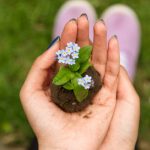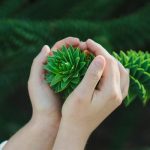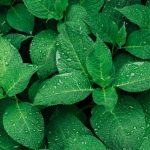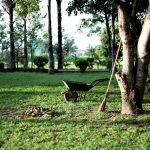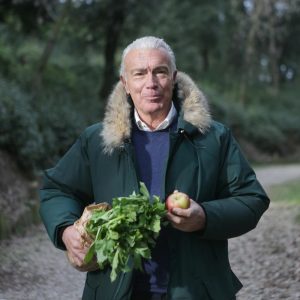The Birds & the Bees: Plants for Desert-Dwelling Pollinators
Creating a pollinator garden that draws birds, bees, and butterflies doesn’t need to feel overwhelming. By following the advice in this article, you can confidently cultivate a variety of wildflowers, shrubs, trees, and grasses. These plants will enhance the beauty of your yard while also offering a welcoming habitat for wildlife.
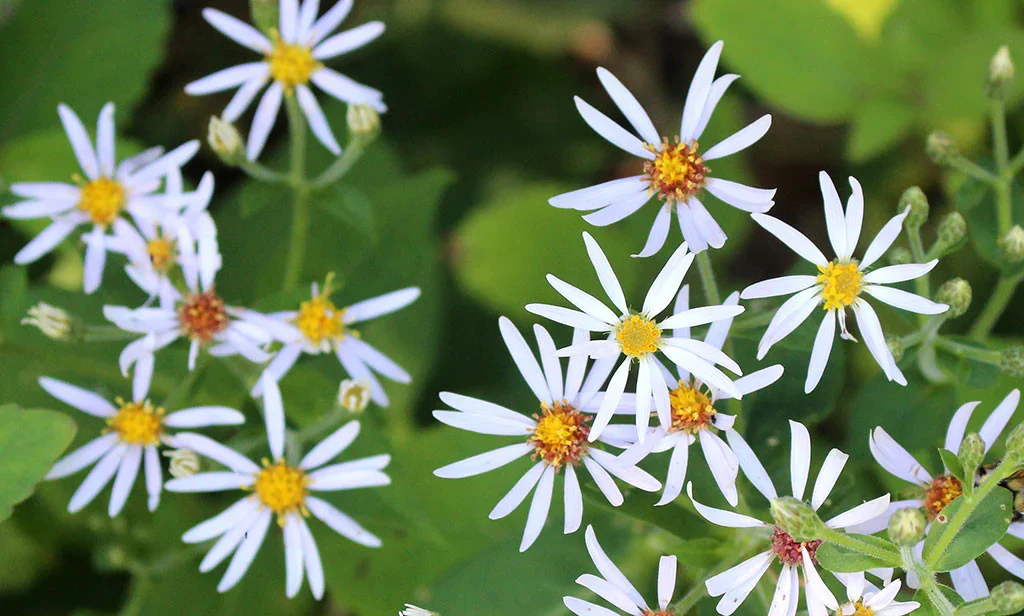
#1 Large Leaf Aster
Bigleaf Aster, scientifically known as eurybia macrophylla, has large, heart-shaped leaves, making it an excellent ground cover option for shaded areas. Notably, the plant demonstrates resilience to both salt and drought conditions. Typically reaching heights of 1 to 3 feet, it showcases white-petaled flowers that entice and sustain bees and butterflies. Additionally, songbirds are drawn to the plant’s seeds, according to the deck.

#2 Butterfly Weed
Butterfly Weed, scientifically referred to as asclepias tuberosa, earns its nickname “orange milkweed” due to the vibrant hue of its flowers. Renowned for its ability to entice bees, hummingbirds, and serve as a host for monarch butterflies, which lay their eggs on milkweed, this plant thrives even in adverse conditions. It exhibits resilience to poor soil, wind, and drought.

#3 Harebell
Harebell, known scientifically as campanula rotundifolia, is a charming bell-shaped blue wildflower reaching approximately one foot in height, as stated in the deck. Notably, Harebell exhibits tolerance to salt, rocky soil, and drought, making it a hardy choice for various landscapes. Moreover, it boasts deer and rabbit resistance. Thriving in partial shade to full sun, these flowers are adept at attracting both birds and bees.

#4 Sundial Lupine
Sundial Lupine, or, lupinus perennis, exhibits remarkable resilience to a variety of dry soil types, including sand and gravel. Adorned with pea-sized violet flowers, this stemmed plant offers an additional advantage as a legume, contributing to nitrogen fixation in the soil. Beyond its ecological benefits, Sundial Lupine serves as a magnet for birds, bees, and butterflies, enriching the surrounding ecosystem.

#5 Wild Bergamot
Wild Bergamot, also known as monarda fistulosa, reaches heights of 2 to 6 feet and showcases sizable round pink blooms with a fragrant scent. This resilient plant can thrive in poor clay soil and withstand heat, requiring partial shade to full sun exposure. Known for its versatility, Wild Bergamot serves as a magnet for various pollinators including bees, butterflies, moths, hummingbirds, and songbirds.
Each of these plant selections adds a charismatic touch to any yard, inviting pollinators and enhancing the natural beauty.



